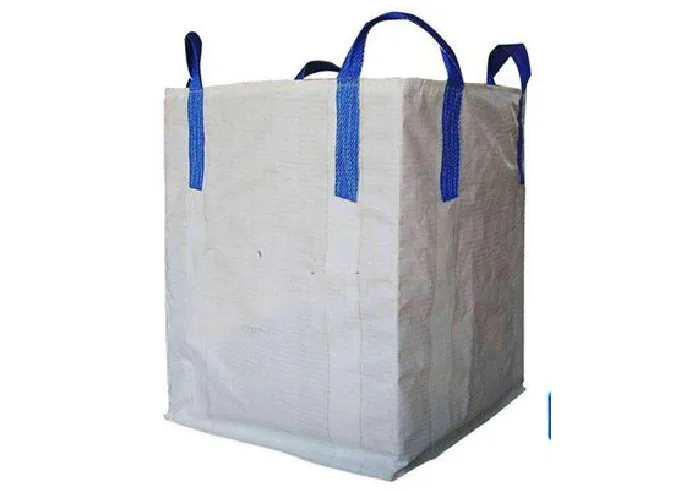Innovative Sewing Machine Solutions for Automated Tailoring and Efficient Production
The Revolution of Automation in the Sewing Industry
In the past few decades, the sewing industry has undergone a significant transformation due to technological advancements. At the forefront of this transformation is the automation sewing machine, a game-changing tool that has revolutionized how garments are produced. These machines not only enhance efficiency but also improve precision and reduce labor costs, making them an essential component of modern manufacturing.
The Rise of Automation
The inception of automated sewing machines can be traced back to the industrial revolution when simple machines were created to facilitate the sewing process. However, today's automation sewing machines are far more advanced. Equipped with computer technology, these machines can perform a variety of complex functions, from basic stitching to intricate designs, with minimal human intervention. This technological leap has enabled manufacturers to scale their production capabilities to meet the ever-growing demands of the fashion industry.
Advantages of Automation Sewing Machines
One of the most significant advantages of automation sewing machines is their efficiency. Traditional sewing methods often involve a considerable amount of manual labor, which can be time-consuming and prone to errors. Automated machines can operate at high speeds, completing tasks in a fraction of the time it would take a human hand. This increased speed translates to higher output and quicker turnaround times for products, allowing companies to respond rapidly to market trends.
In addition to speed, automation sewing machines also ensure a higher level of precision. These machines are programmed to execute specific patterns and stitches consistently, which reduces the variability associated with manual sewing. As a result, the quality of the finished product improves significantly, leading to fewer defects and returns. This consistency is particularly important in high-stakes fashion environments where brand reputation can be impacted by even minor imperfections.
Moreover, the reduction in labor costs is another crucial benefit of automation. With machines taking over repetitive tasks, there’s less reliance on manual labor, which can be expensive and challenging to manage. This cost-effectiveness enables companies to invest their resources in areas such as research and development, marketing, or expanding their product lines.
automation sewing machine

The Challenges of Automation
Despite the clear advantages, the automation of sewing processes also presents challenges. One major concern is the potential loss of jobs. As machines take over tasks traditionally performed by human workers, there is a fear that employment opportunities will dwindle. While it's true that some positions may become obsolete, the industry also creates new roles focused on machine maintenance, programming, and quality control. The key is to ensure that workers are trained and equipped to transition to these new opportunities.
Another challenge is the initial investment required for automated equipment. High-quality automated sewing machines can be costly, which may deter smaller businesses from adopting the technology. However, it’s essential to view this investment as a long-term strategy, as the operational savings and increased productivity will often justify the upfront costs over time.
The Future of Automated Sewing
Looking ahead, the future of automated sewing machines appears bright. As technology continues to advance, we can expect even more innovations, such as artificial intelligence and machine learning being integrated into sewing processes. These developments promise to further enhance the capabilities of sewing machines, making them smarter and more adaptable to changing needs.
Additionally, the trend towards sustainability in fashion will also influence the evolution of automation. Automated systems can optimize material usage, significantly reducing waste – a critical factor in an industry that has been criticized for its environmental impact.
In conclusion, the advent of automation sewing machines marks a pivotal moment in the history of textile production. By driving efficiency, enhancing precision, and reducing costs, these machines are redefining the role of sewing in manufacturing. While challenges remain, the benefits of automation in the sewing industry are undeniable, paving the way for a more innovative and sustainable future in fashion production.
-
Industrial Cylinder Arm Sewing Machine: Revolutionizing Heavy-Duty SewingNewsJul.28,2025
-
Cylinder Arm Sewing Machine: Perfect for Special Sewing ApplicationsNewsJul.28,2025
-
Cylinder Bed Sewing Machine: Essential for Sewing Complex MaterialsNewsJul.28,2025
-
Heavy Duty Sewing Machine: The Essential Tool for Industrial ApplicationsNewsJul.28,2025
-
Computerized Pattern Sewing Machine: Revolutionizing Precision StitchingNewsJul.28,2025
-
Heavy Duty Industrial Sewing Machine: Power Meets PrecisionNewsJul.28,2025
-
Leather Sewing Machine: The Industrial Standard for Tough MaterialsNewsJul.18,2025





























